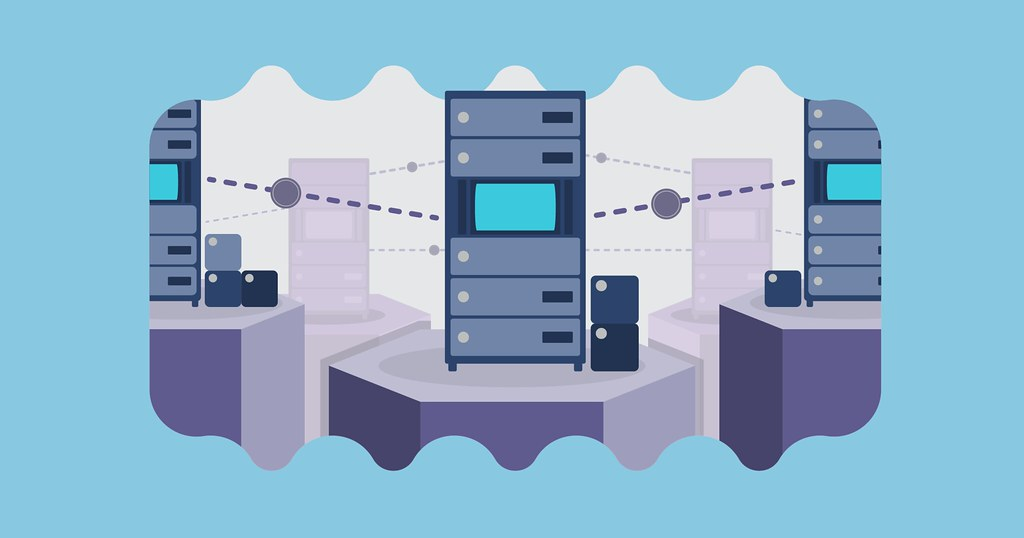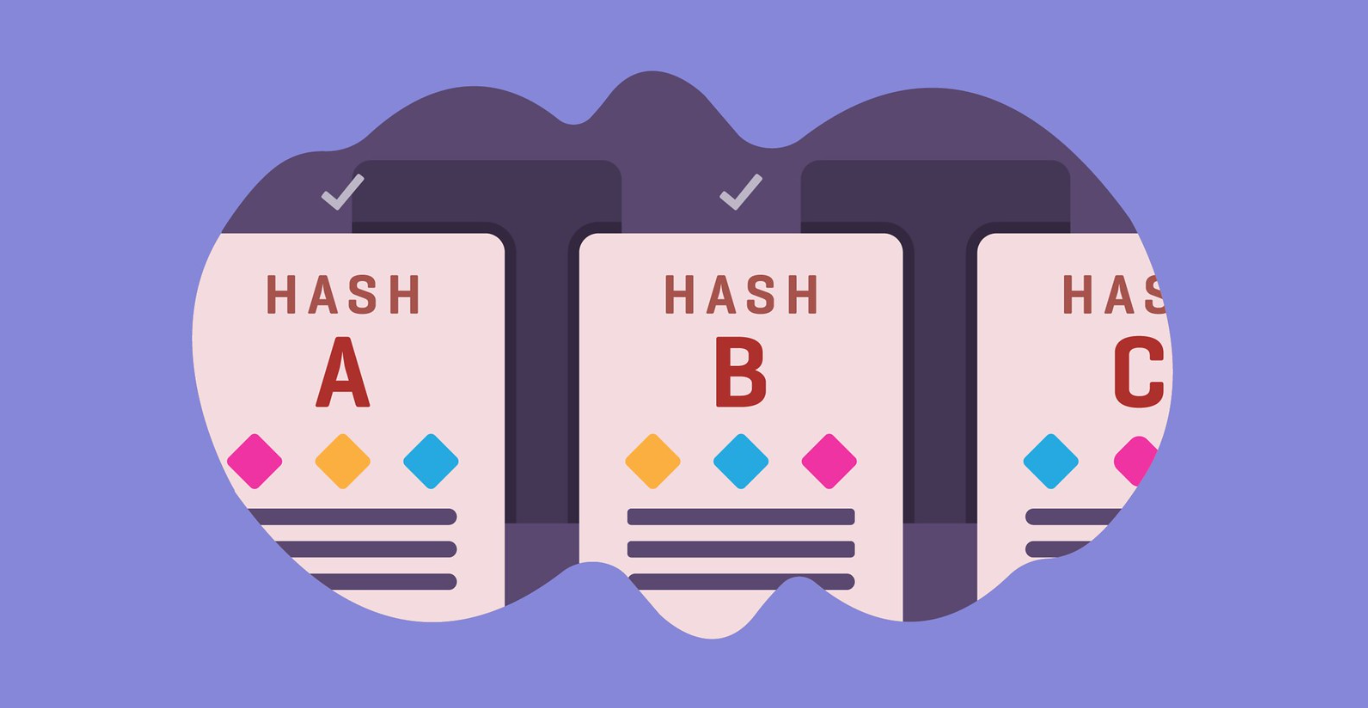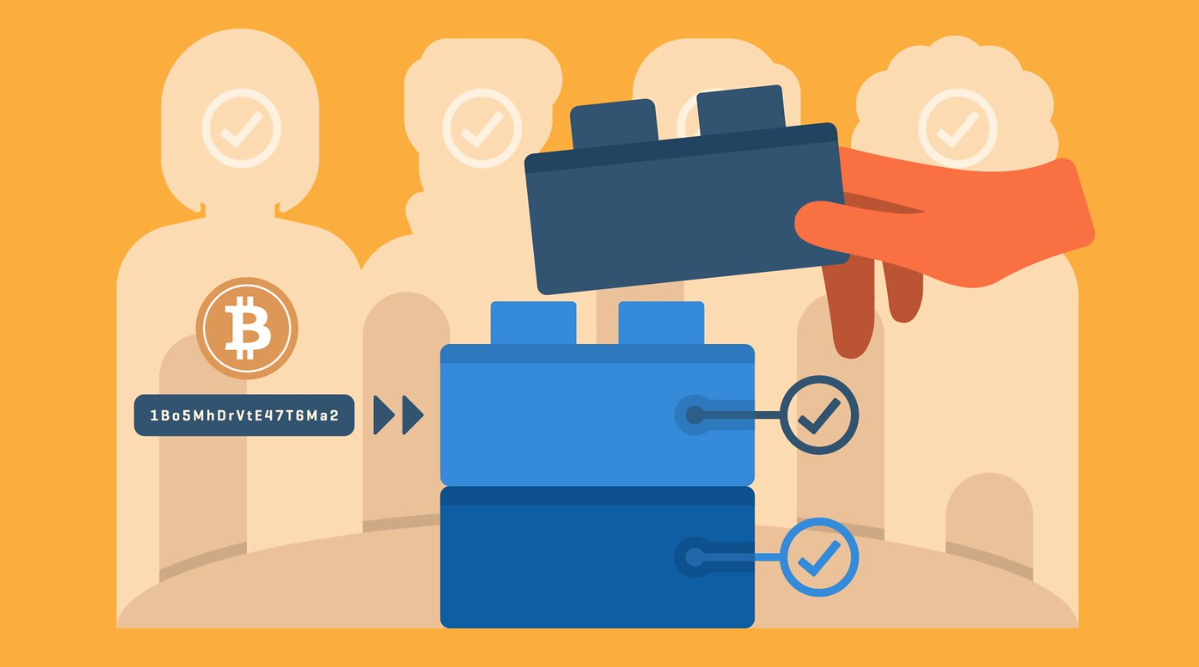Parachains: Resolving DLT Scalability & Interconnectivity Issues
Published on
February 05, 2023
Time reading
10 minutes
Polkadot and Kusama parachains (blockchains) projects, also known as parallel blockchains, aim to resolve issues with traditional distributed ledger systems, such as limited interconnectivity and scalability challenges. They are intended to be compatible with other blockchains. Each sidechain serves a specific purpose and has its own token, branching off from the main blockchain.
By being linked to a parent blockchain, sidechains can directly communicate with each other, reducing the strain on the main network. In the future, sidechains are envisioned to facilitate the seamless collaboration of various blockchains, including compatibility between Bitcoin and Ethereum, through the formation of multiple multi-blockchain alliances.
Table of contents
- The Roots of Parachains: Tracing Back to Gavin Wood and the Ethereum Project
- Boosting Blockchain Performance with Parallel Transactions and Validation
- Crucial Components of the Parachain Project Protocol
- How is the Parachain Auction Structured and What is it?
- Benefits of the Parachain Auction Process
- Joining Parachain Auctions is Simple
- Parachains: The Next Step in Distributed Ledger Evolution
- Bright Future Ahead: Parachains to Take the Lead in 2023
The Roots of Parachains: Tracing Back to Gavin Wood and the Ethereum Project
The origins of parachains date back to 2016 and are closely tied to the name of Gavin James Wood, an English scientist and programmer who was one of the co-founders of the Ethereum blockchain. Wood played a key role in the development of the Ethereum project, which he referred to as “a single computer for the entire planet.” He was involved in writing the initial code for Ethereum, developed the programming language Solidity, but left the development team in January 2016 to pursue ideas and possibilities that were not incorporated into Ethereum.

Copyright Attributed to BeatingBetting.co.uk
Gavin James Wood came up with the idea for a sharding-based parachain project while studying the technical documentation on sharding as part of the Ethereum 2.0 initiative. The concept revolutionized the traditional approach to blockchain scalability, which typically faced high costs in terms of computational power and throughput. Wood’s solution was to create multi-chain structures where a zero-level blockchain, serving as the base network, would be surrounded by several first-level parachains that leveraged the resources and capabilities of the parent blockchain. This resulted in an alliance of inter-connected networks that did not rely solely on the main blockchain (in this case, Ethereum) or its parent to perform its functions. The first-level parachains could then have their own second-level solutions, further enhancing the scalability of the entire system.
Boosting Blockchain Performance with Parallel Transactions and Validation
The proposed structure features simultaneous transactions, each with its own validators for security. This approach offers a significant improvement in performance over traditional sequential entry into the blockchain. The ability to process multiple transactions in parallel leads to faster processing and higher transaction volume. Furthermore, the individual validation of each transaction helps to ensure that the blockchain only contains legitimate and accurate data.
The core concepts of a new project by Polkadot startup were outlined in a White Paper in the autumn of 2016. This document, commonly used as a marketing tool, provides a comprehensive explanation of the new idea or technical solution to a particular issue. In October 2017, the project launched an Initial Coin Offering (ICO) and raised over 145 million dollars. The presentation of the blockchain interoperability protocol on its Kusama platform took place in August 2019, and the first stage of the main network of Polkadot was launched in May 2020.
Currently, over 130 programming teams are actively creating and implementing blockchains.
Parachain solutions offer them extensive opportunities for customization of their products. Furthermore, not only tokens, but any type of data can be transmitted between parachains, expanding the potential for their usage to virtually limitless.
Crucial Components of the Parachain Project Protocol

Copyright Attributed to BeatingBetting.co.uk
The Parachain project protocol has several key components. The Relay Chain or Zero-Level Blockchain is the central blockchain that provides developers and external teams with functionalities and resources such as computational power to develop their projects. The zero-level blockchain plays a crucial role in ensuring security and facilitating efficient inter-platform communication between parallel first-level blockchains (parachains), as well as for transmitting data to the main blockchain that the parachain project is built upon.
The Parachain protocol is comprised of several essential components.
At the center is the Relay Chain or Zero-Level Blockchain, which provides developers and external teams with necessary tools and resources, including computational power, for project development. The zero-level blockchain is vital for ensuring security and enabling efficient communication between parallel first-level blockchains (parachains), as well as for transmitting data to the main blockchain that serves as the foundation for the parachain project.
Parathreads or paranitics are blockchains that operate using the same principles as parachains with similar APIs and functionalities. However, payment for paranitics is made on an as-needed basis, unlike full-featured parachain slots which require a large deposit and have a longer allocation of computing power lasting up to two years. Due to this distinction, paranitics are ideal for projects that have not yet established large communities and do not have the funds to secure a full slot in the parachain..
How is the Parachain Auction Structured and What is it?
The effectiveness of Polkadot’s technology is not disputed. However, several barriers hinder its practical implementation, with the main challenge being the performance of the “parent” blockchain. Currently, the Polkadot team has limited the number of supported parachains to 100. Each project has its own reserved computational power slot. However, the number of projects seeking to join the Polkadot ecosystem far exceeds the number of available connections.
The planned increase in available slots to 200 will not resolve the shortage. Slots are distributed among competing projects through an auction, where the rental of a connection to the main blockchain (for a term of up to 48 weeks or 24 months) in Kusama or Polkadot is put up for bidding.
In a slot auction, competing projects place bets using DOT or KSM coins, either from their own funds or community “votes”. The project with the highest number of tokens blocked wins the auction. This type of auction is unique in that it operates under the “candle” model, where bets can be made until the auctioneer’s candle burns out, creating an environment of active competition rather than waiting for a fixed deadline.
In parachain auctions, projects compete for direct connections to the Polkadot or Kusama blockchain by blocking tokens in the form of bets using DOT or KSM.
The winner is determined by the amount of tokens blocked, with the outcome influenced by a unique algorithm in the trading program that decides when the auction ends. This creates uncertainty for participants, as the “final gong” is determined by the algorithm and not a set schedule. The winning project’s tokens are locked in storage for the duration of the slot lease, while tokens from losing projects are automatically returned to their owners.

Copyright Attributed to BeatingBetting.co.uk
Benefits of the Parachain Auction Process
The advantages of the parachain auction process are clear for all participants. The limited rental time of parachain slots drives competition among development teams and boosts the platform’s reputation in the cryptocurrency community. The locking of coins for auction participation contributes to the steady appreciation of DOT and KSM (as more parachain slots are filled, the fewer coins remain in circulation). The winning teams in the parachain auction gain access to the well-established infrastructure of Polkadot or Kusama. The question remains: what benefits do investors receive who vote with their tokens for other projects?
Voting in parachain auctions provides an opportunity to earn rewards in the form of project-specific tokens. The amount and frequency of these playouts vary. Holding tokens in successful projects can lead to increased token value and potential profits for investors. Investing in voting for projects carries the potential for rewards in the form of native project tokens. However, these rewards are not guaranteed as even the most promising projects may not meet expectations. For instance, the Acala project gave out a minimum of 4.61 ACA tokens per locked DOT.
In October 2021, ACA was worth around 4 cents, but it rose to 20 cents by November, only to plummet to a worth of 0.0002 US dollars per ACA. A similar trend was seen with the Moonbeam project, which offered 4 GLMR tokens per DOT. Although its value briefly reached 14 US dollars in its early days, it now trades for less than 50 cents. Investors’ main assets are protected by the Kusama and Polkadot protocols and will be fully returned to them upon the completion of the lease term for the parachain slot.
Unlike ICOs and IDOs where investors take a risk by investing in tokens of start-ups and rely on the development team’s performance and integrity, Initial Parachain Offering (IPO) is backed by Kusama and Polkadot. Instead of investing in tokens, the funds are used to reserve a connection to a slot, making them secure and cannot be stolen. Parachain auctions offer a low-risk investment opportunity for users to invest in projects they are interested in, without the fear of losing their investments. In the worst-case scenario, the user will simply receive their tokens back after a certain period of time, in full.

Copyright Attributed to BeatingBetting.co.uk
Joining Parachain Auctions is Simple
Participating in parachain auctions is straightforward. The only thing to take note of are the specific conditions for each auction. To minimize legal and regulatory risks, participants may need to complete KYC (know your customer) procedures. Additionally, the organizers may restrict participation by geography, excluding residents of sanctioned states. This information is readily available for anyone to see. Technically, to participate in crowdloans on the Kusama and Polkadot platforms, you’ll need a Polkadot wallet and a minimum amount of KSM and DOT (0.1 and 5 respectively). In the “Network” section of the official Polkadot wallet, go to the “Parachains” tab, then the “Crowdloan” tab. Select a trustworthy project, then click the “Contribute” button. Fill in the transaction details and you’re done.
Parachain auctions can also be easily accessed through popular cryptocurrency exchanges such as Kraken or Binance. To participate, a registered user simply logs into their account, locates the “DOT Slot Auction” or “Parachains” option under the “Earn” tab, chooses their preferred project from the list, specifies the amount of tokens to be locked up, and confirms the action. A significant portion of tokens for participating startups are locked through exchanges due to their large user base.
Parachains: The Next Step in Distributed Ledger Evolution
Parachains represent a new milestone in the evolution of distributed ledger technology. They form a complex architecture consisting of interconnected blockchains that are capable of interaction, task distribution, and stable operation even under high loads, outperforming their rivals. For instance, launching a project on Polkadot is more cost-effective and efficient than on Ethereum. The crypto community has recognized the benefits of parachains, as evident in the first parachain auction on Polkadot where users invested over 87 million DOT worth approximately $3.5 billion at the time (November 2021).
The first Parachain slot competition saw Acala emerge as the winner, with around 33 million DOT, worth over $1.3 billion, being locked. The second auction saw Moonbeam, a platform for working with smart contracts that aims to make Ethereum projects universal, come out on top with over 35.5 million DOT, worth over $1.4 billion, being locked. The third winner, Parallel Finance, was not as impressive as the previous two, but still noteworthy with 10.7 million DOT, worth approximately $70 million, being locked. Parallel Finance is a decentralized protocol that provides lending, staking, and cryptocurrency exchange services in the Polkadot ecosystem. In the fourth and fifth auctions, Astar and Clover Finance were the winners with around 10 million DOT, worth about $65 million at the time of the auctions, being locked up.

Copyright Attributed to BeatingBetting.co.uk
Bright Future Ahead: Parachains to Take the Lead in 2023
The outlook for Parachains in 2023 is optimistic as their potential is being increasingly acknowledged by businesses and developers. The rise of decentralized finance (DeFi) and non-fungible tokens (NFTs) is expected to drive demand for Parachains to host these applications, which require high levels of reliability and efficiency. Parachains offer scalability, security, and interoperability, making them suitable for these types of applications.
The advancements in Parachains will continue to evolve, bringing improvements to performance, accessibility, and user experience. The integration of new technologies such as sharding and cross-chain communication will further enhance the capabilities of Parachains, enabling them to handle a higher volume of transactions and interactions. Given the growth and expansion of the Polkadot ecosystem, Parachains are poised to play a crucial role in shaping the future of blockchain technology and decentralized applications.